The other day I wrote a pretty lengthy post about what IVDD is. In September of last year my beloved, now 14-year-old, papillon Kitsune was diagnosed with cervical IVDD. Thankfully Kit is doing really well now. It took me a while, but I’ve been wanting to share some of what I’ve learned about IVDD over the last 7 months, both from learning from experts as well as from our own personal experience. I felt like it was too much to put everything into one post, so I’ll likely share information over the course of a handful of posts. Now that I’ve gone over what IVDD is, I figure it might be helpful to start at the beginning, so to speak, and go over the signs and symptoms of IVDD in dogs.
Post Contents:
My Own Experience – Signs Kitsune Had IVDD
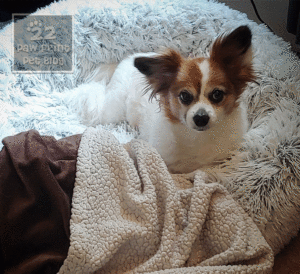 On the night of Friday, September 16th, I noticed that Kitsune wasn’t acting completely normal. These types of things always seem to happen late at night, on a weekend or a holiday. Go figure. Kit just seemed a bit slower than usual. He was walking with his head held down. At first, I thought he just had an upset stomach. Rarely in the past, when Kit has had a stomach ache, he has walked with his head held down for a short time before throwing up.
On the night of Friday, September 16th, I noticed that Kitsune wasn’t acting completely normal. These types of things always seem to happen late at night, on a weekend or a holiday. Go figure. Kit just seemed a bit slower than usual. He was walking with his head held down. At first, I thought he just had an upset stomach. Rarely in the past, when Kit has had a stomach ache, he has walked with his head held down for a short time before throwing up.
He still took a treat when I offered him one and settled down in his bed like normal when it was time to sleep. But early the next morning, between 4 and 5 am, Kit woke me up. I took him outside thinking he just needed to use the bathroom but pretty quickly realized that something was wrong. Kit was clearly in a lot of pain. He was shaking and walking very slowly with his head held down and his back arched. By 9 am that morning we had him at the vet’s. So began our “adventures” with IVDD.
Other symptoms I noticed after Kit was already diagnosed included a reluctance to eat or drink out of bowls placed on the floor, and it clearly caused him pain when he’d try to scratch himself or shake off. He’d get an itchy ear and go to scratch it, then stop very abruptly as if he was in pain. He did something similar when he wanted to shake off. He’d start to shake a little bit, then realize that it hurt and stop abruptly. I was determined to serve as Kit’s official ear scratcher while he recovered!
Kit’s Diagnosis
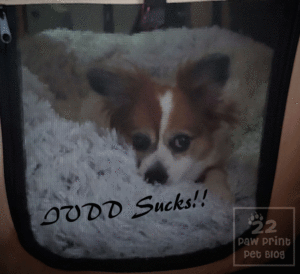 Kit was diagnosed with cervical (neck) IVDD. This is important to note because IVDD can occur in any of the intervertebral discs along a dog’s spine, in their necks or their backs. Cervical IVDD is, generally, more painful than IVDD that occurs in the back because of how much movement occurs around the neck. Basically, every movement a dog makes will cause their head and neck to move too, which is quite painful when you have a bulging or ruptured disc in your neck.
Kit was diagnosed with cervical (neck) IVDD. This is important to note because IVDD can occur in any of the intervertebral discs along a dog’s spine, in their necks or their backs. Cervical IVDD is, generally, more painful than IVDD that occurs in the back because of how much movement occurs around the neck. Basically, every movement a dog makes will cause their head and neck to move too, which is quite painful when you have a bulging or ruptured disc in your neck.
If there’s a positive to be found, it was that Kitsune, thankfully, only had stage 1 IVDD. He was in a lot of pain, but was fully mobile and never lost any motor function. There are five stages of IVDD ranging from stage 1, which causes pain only, to stage 5 which is full paralysis with no feeling in the legs/paws.
As you can imagine, IVDD symptoms will vary a bit based on where the disc rupture occurred (on the back or neck), what type of IVDD your dog is suffering, and what stage. You can read more about the different types of IVDD and the 5 stages by clicking here.
Symptoms of IVDD
Although the signs of IVDD can vary slightly based on the factors mentioned above, the general symptoms are similar and include:
- Pain in the neck or back. Signs of pain may vary and include the following:
- Reluctance to walk
- Walking/moving at a slower pace than usual
- Shaking or trembling
- Holding the head/neck low
- Inability or reluctance to turn head
- Inability or reluctance to fully raise or lower head
- Excessive panting
- Hunched back
- Stiff appearance or movement (tense muscles)
- Tense belly
- Unwillingness to jump or climb stairs
- Anxious behavior such as hiding more than normal, or acting restless
- Lethargy
- Avoiding a full body shake
- Avoiding rolling around on their back
- Avoiding scratching and licking themselves
- Decreased appetite
- Difficulty getting into position to go to the bathroom
- Muscle spasms
- Yelping, especially when moving, or when being picked up/moved
- Neurological Symptoms. Dogs with stage 2 or higher IVDD will begin showing neurological symptoms. They can include any of the following:
- Knuckling paws (walking on or dragging the knuckles, not correcting the paw position quickly when the knuckles are placed against the ground)
- Limb weakness (inability to support own weight)
- Uncoordinated movements
- Limping or lameness
- Crossing back legs while walking, walking like a “drunk sailor”
- Urinary and/or fecal incontinence
- Paralysis (usually in the back legs when IVDD has occurred in the back. Severe cervical IVDD can cause paralysis of all 4 limbs)
- Difficulty breathing (in severe cervical IVDD cases)
- Inability to feel deep pain sensations in the limbs/paws/tail
- Limp tail
- Dilated anus
- Abnormal reflexes
What to Do if Your Dog Displays Signs of IVDD
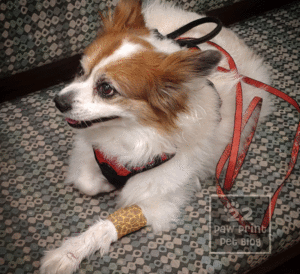 If your dog displays any of these signs of IVDD, it’s important to get them to a vet as soon as possible. Depending on your dog’s situation, IVDD can get worse over time without treatment. IVDD is also very painful, as you can imagine. Leaving your dog in the extreme pain that can be caused by IVDD is inhumane. If your dog turns out to be a surgical candidate, surgical treatment for IVDD has a higher success rate the quicker you can get it done after symptoms appear. With IVDD time is very much of the essence.
If your dog displays any of these signs of IVDD, it’s important to get them to a vet as soon as possible. Depending on your dog’s situation, IVDD can get worse over time without treatment. IVDD is also very painful, as you can imagine. Leaving your dog in the extreme pain that can be caused by IVDD is inhumane. If your dog turns out to be a surgical candidate, surgical treatment for IVDD has a higher success rate the quicker you can get it done after symptoms appear. With IVDD time is very much of the essence.
While you’re waiting to get your dog in to see a vet, keep him/her as calm as possible. To much movement can make your dog’s situation worse, and usually causes pain. If you have a crate, it’s recommended to crate your dog as soon as possible after the onset of IVDD symptoms. If you don’t have a crate, any small confined area that will prevent too much movement and jumping should work. Keep your dog as still as possible, this includes during car rides to/from the vet. You want to keep the spine as stable as possible to avoid further injury.
Remain Hopeful!
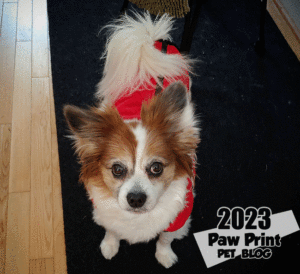 If there’s one message I really want to get across with all my IVDD posts it’s that IVDD does not have to be a death sentence. 7 months out from Kitsune’s IVDD diagnoses you would never know now that anything was ever wrong with him. He’s back to being his happy, sassy self. It makes me so happy now to see him rolling around on the floor to scratch his back, or shaking off after a bathroom break in the rain. Things I used to never put much thought into, but now are clear indications that Kit’s doing so much better after his bout of IVDD.
If there’s one message I really want to get across with all my IVDD posts it’s that IVDD does not have to be a death sentence. 7 months out from Kitsune’s IVDD diagnoses you would never know now that anything was ever wrong with him. He’s back to being his happy, sassy self. It makes me so happy now to see him rolling around on the floor to scratch his back, or shaking off after a bathroom break in the rain. Things I used to never put much thought into, but now are clear indications that Kit’s doing so much better after his bout of IVDD.
I realize that we were lucky that Kit “only” had stage 1 IVDD. In the 7 months since Kit was diagnosed I’ve been blessed to meet other IVDD warriors. Many of them had IVDD at higher stages than Kit did and are also doing very well now. I’ve heard so many stories of dogs recovering, even from being paralyzed, and going on to live happy lives. In the past many vets didn’t give IVDD dogs much of a fighting chance and would recommend euthanasia. Luckily we know now that with proper treatment, many of these dogs can recover from IVDD. So if you are here because you and your dog are dealing with this horrible disease have hope! The road to recovery isn’t easy, but it is so, so worth it to see your dog pain free and happy again.
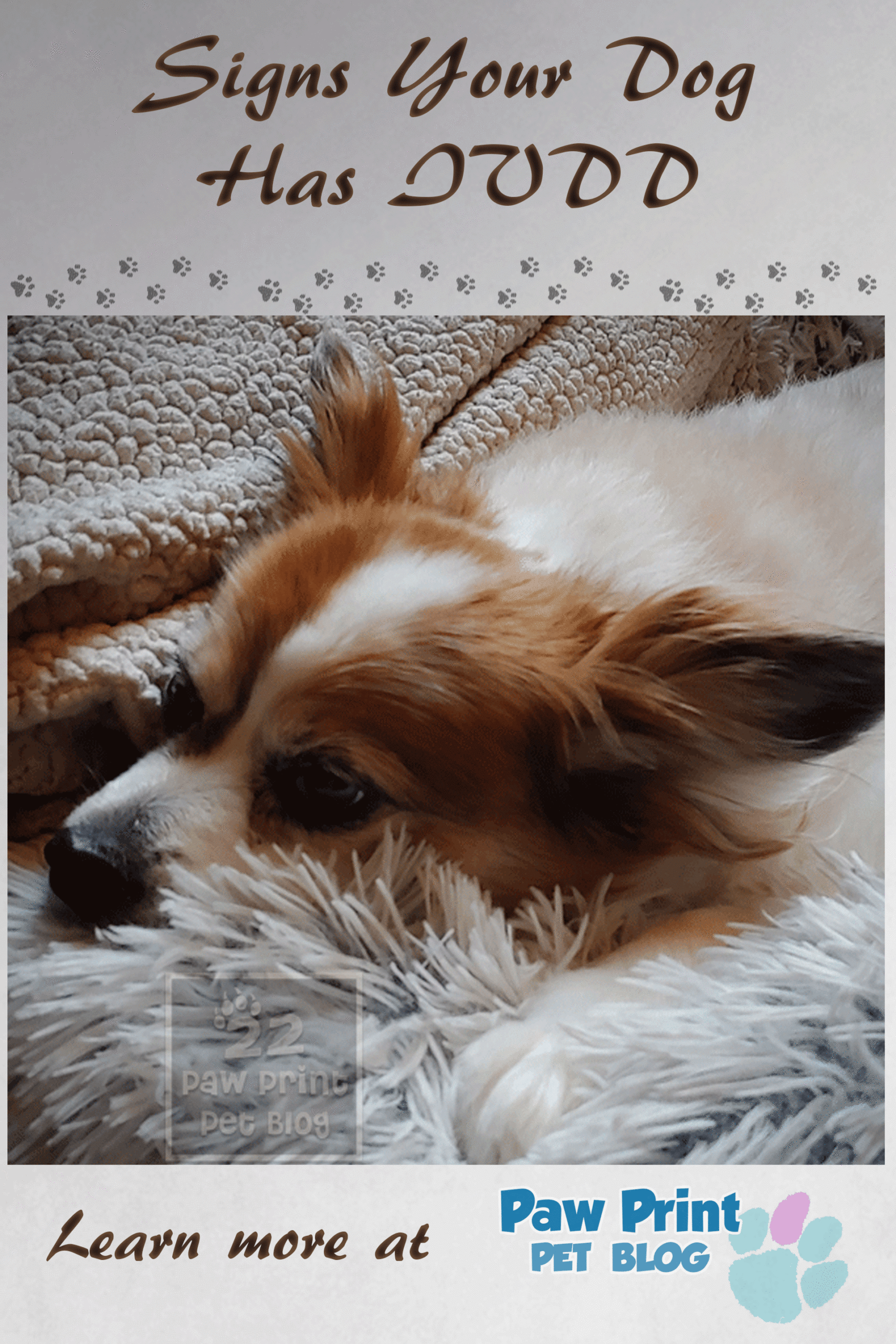

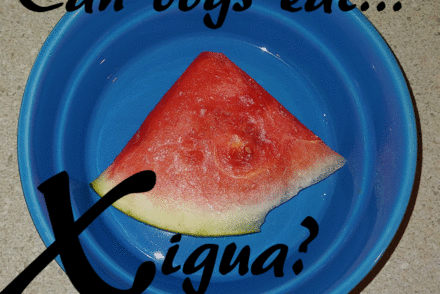
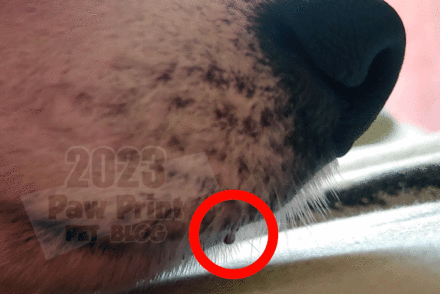
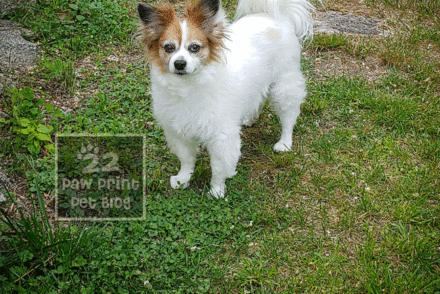

No Comments